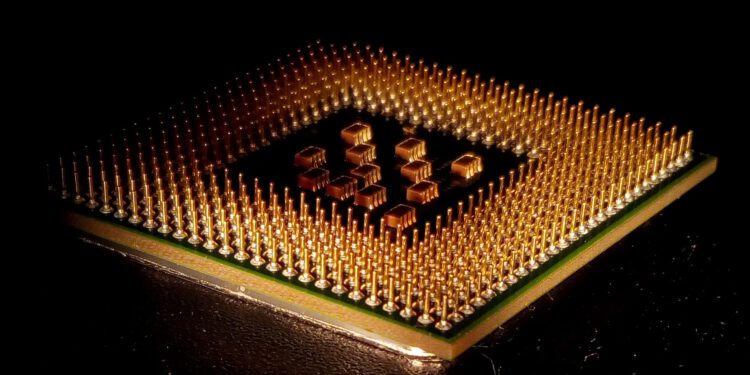Processor manufacturers have started to take artificial intelligence into account in the design of chips, so that they are optimized for related tasks.
The names Intel, Nvidia, AMD, Qualcomm are linked by many aspects. The clearest of all is competition and, within this factor, there is a new category: artificial intelligence. This trend, apart from having become a repetitive term in recent months, is influencing the guts of the hardware. Processor manufacturers have launched a race to position themselves advantageously in the field. And they’re changing the design of chips to meet the demands of AI.
A chip design adapted to artificial intelligence is important as long as they have increased ability to deploy and train specialized algorithms. Today AI accounts for just 0.1% of workloads in data centers. But it is expected that in the future a large part of the servers will be dedicated to artificial intelligence tasks.
This is the scenario for the cloud, which will be the great provider of AI services, such as that of personal assistants. But the technology will also occur in mobile machines, not connected by cable to the Network, such as autonomous cars. Hence the big names within processor manufacturers have an interest in being at the head of the movement.
Intel is working hand in hand with Nervana, a company it acquired last year, to adapt its Xeon and Xeon Phi processors to AI. In addition, the company has launched its new chip Lake Crest, which effectively supports deep learning tasks. This AI modality, which bases learning on a layered structure, to simulate a neural network, is one of the chosen ones to mark the path that technology will follow.
The other company that is making the most efforts in AI is Nvidia. The graphics processor firm is still on the lookout for video games, but it has broadened its sights. Data centers and virtual reality are also among your preferences now. And the future trend is clear: artificial intelligence, again.
Nvidia has some advantages in this field. The first thing is that he has been working this field for years without making much noise. But it is that one of the determining elements today for the success in the application of an AI algorithm is the graphic component. Image recognition has been widely used in research, in medicine, for autonomous cars, on online platforms. And the graphic power of the company has driven some of these works.
The company works to make it easier for its chips to perform mathematical calculations and other operations suitable for AI. As well AMD he’s on it, though his effort has more to do with acceleration software for his processors. For his part, Qualcomm he’s been hormonating his Snapdragon lately with accelerators for machine learning.
And, behind all these companies, startups arrive with fresh material. One example is Graphcore, a Bristol firm that develops deep learning-oriented chips from scratch.
Images: glyn_nelson, Clint _ _ Budd









